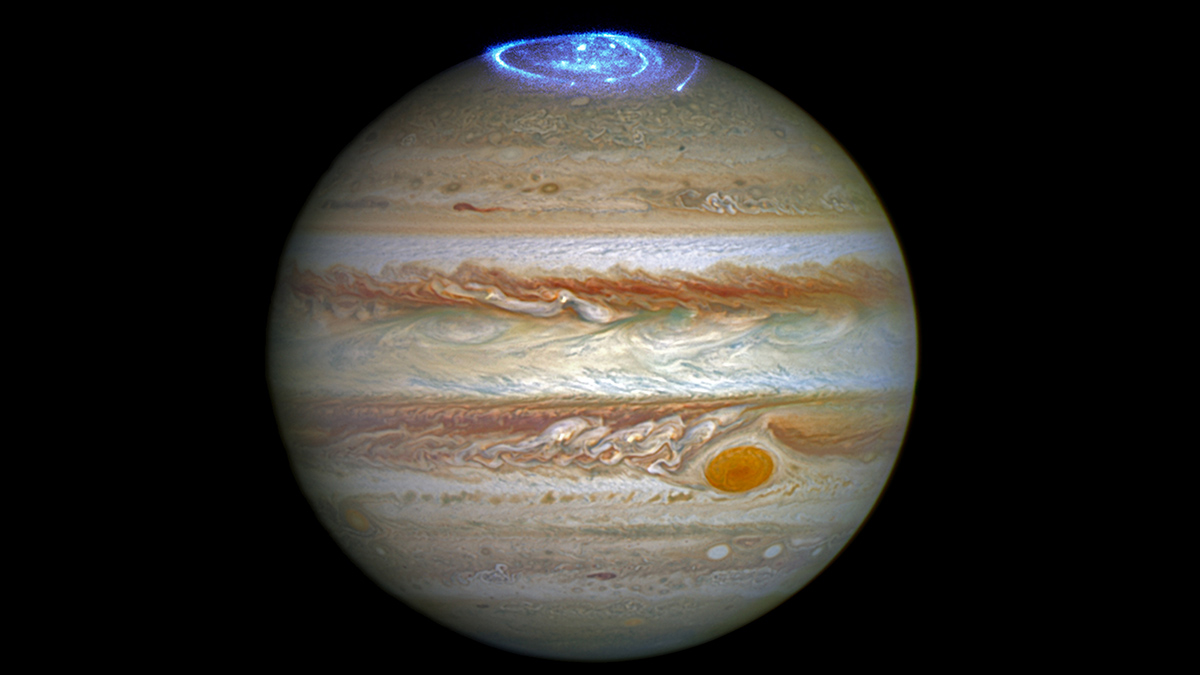Source: AGU Advances
Jupiter’s magnetosphere is one of the largest known phenomena in the solar system, stretching millions of kilometers toward the Sun and nearly a billion kilometers away from it. The area is dominated by the planet’s magnetic field that acts as a partial protective barrier from solar wind.
Scientists have long sought to understand precisely how the solar wind interacts with Jupiter’s magnetosphere. Observations from previous missions, such as Voyager, suggested to some that the magnetosphere was mostly open, with loose tendrils of magnetic field lines that stretch outward. But others argued for a mostly closed magnetosphere, where magnetic field lines loop back onto the plane, allowing for the generation of brilliant polar auroral emissions.
Now, NASA’s Juno mission is producing an array of magnetosphere data for researchers, including information on the high-latitude aurorae. Delamere et al. fed computer simulations with information from Juno, including from instruments that observed and mapped thermal plasma in Jupiter’s magnetosphere and measured helium and hydrogen. The ratio of these elements helps identify areas of the magnetosphere that have a higher abundance of solar wind particles.
The researchers used the Grid Agnostic Magnetohydrodynamics for Extended Research Applications (GAMERA)model to study interactions between the magnetosphere and solar wind. They note that unlike other modeling efforts, the GAMERA model yielded simulations of the polar regions that were similar to observed phenomena.
Their simulations showed that the planet’s midlatitude regions contain magnetic field lines open to the solar wind, but that field lines are closed at the extreme polar regions, where aurorae occur.
The researchers also found that some of those open midlatitude field lines connect with the solar wind’s own magnetic field. Where the two magnetic fields intertwine, the solar wind guides the flow and direction of ionized gas in Jupiter’s atmosphere. The authors note that Jupiter’s open-field regions overlap remarkably with its aurora-free regions. Where Jupiter’s field lines turn back on themselves, however, ionized gas rotates with the planet. Understanding how Jupiter’s rotation may influence interactions between its magnetosphere and the solar wind could provide insight into how other giant planets’ magnetospheres work. (AGU Advances, https://doi.org/10.1029/2023AV001111, 2024)
—Sarah Derouin (@sarahderouin.bsky.social), Science Writer
23 May 2024: This story has been updated.

